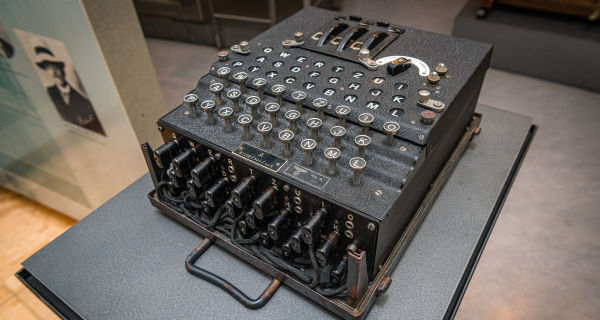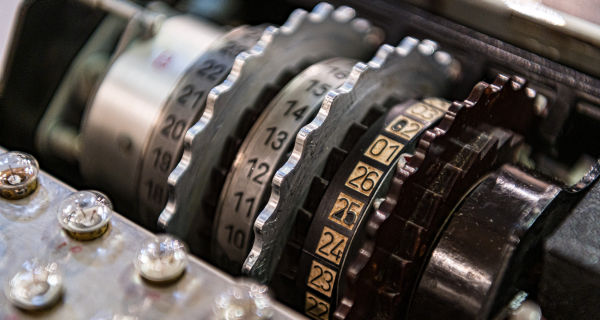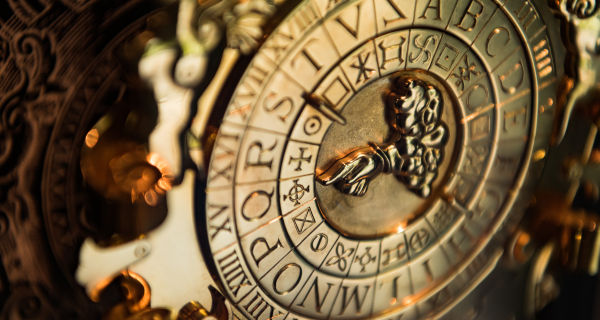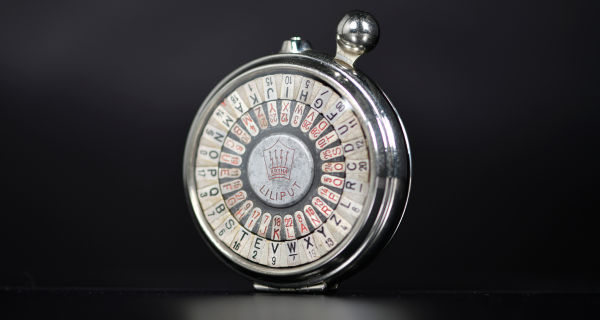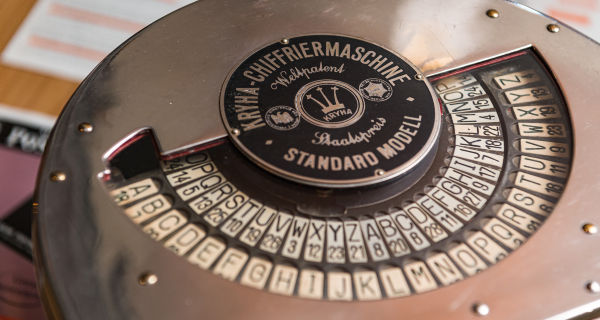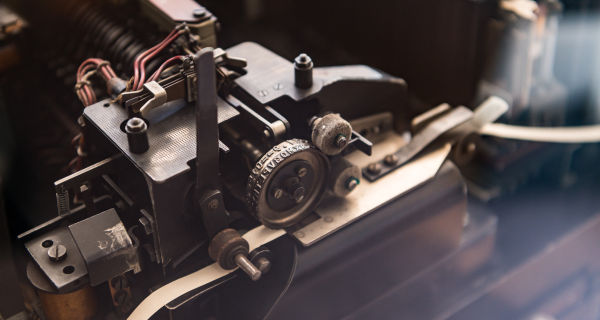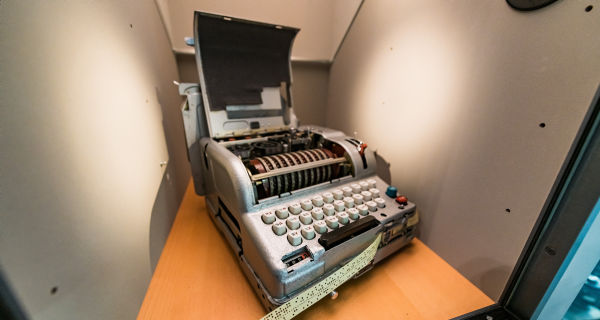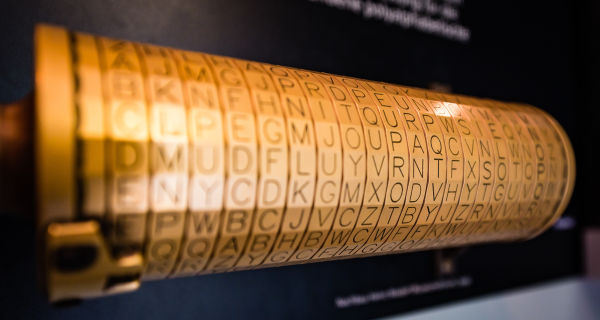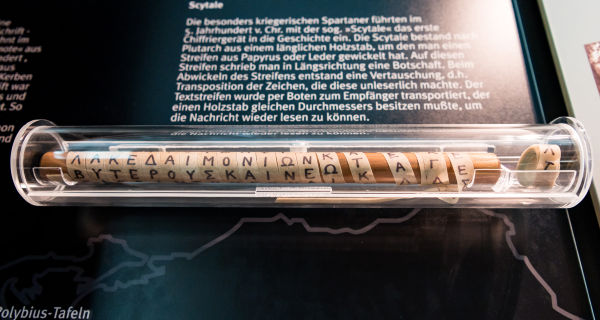For centuries codes, ciphers, signals and secret languages have been used to hide communication. The origins of secret communication goes back to the antiquities in Egypt, Greece and Rome. During the Middle Ages cryptography, i.e. the teaching of coding and deciphering of codes and ciphers, underwent a first bloom within the Arab world, the Italian diplomacy and the Vatican.
Ciphering at royal courts
At that time cryptography was used to decipher texts and books on magic, prophecy and sorcery. They were coded in order to hide their content from the clergy.
During the 17th century, the first professional cipher bureaus appeared at the courts in England, Sweden, France, and Austria. The machine era of the 18th and 19th century saw the construction of the first mechanical cipher machines, which were all based on age-old principles. Crypto analysis gradually developed into a mathematical discipline to crack secret messages.
Military importance
World War I made a strategically important military discipline out of cryptography. During the 1920s, the first rotor cipher machines were developed in Germany, Sweden, and the United States. These machines would dominate the entire market for the next 50 years.
During World War II, the race between the developers of evermore complex cipher machines and professional code crackers would quite often be decided between wins and losses. Especially the code cracking team of Bletchley Park, consisting of more than 5.000 experts to decipher the code of the legendary German Enigma cipher machine, wrote history.
Cryptography in daily life
Until the mid-1970s cipher machines were almost exclusively used by order of diplomats, spies and the military. It wasn’t until the dawn of computer cryptography and the use of cryptographic processes that cryptography made its entry into our daily lives.
Throughout the ages, cryptography has always been a popular item with amateur scientists, authors and spies like Casanova, Edgar Allan Poe, Jules Verne, Richard Sorge and James Bond. These illustrious contemporaries are also displayed in the exhibition.
